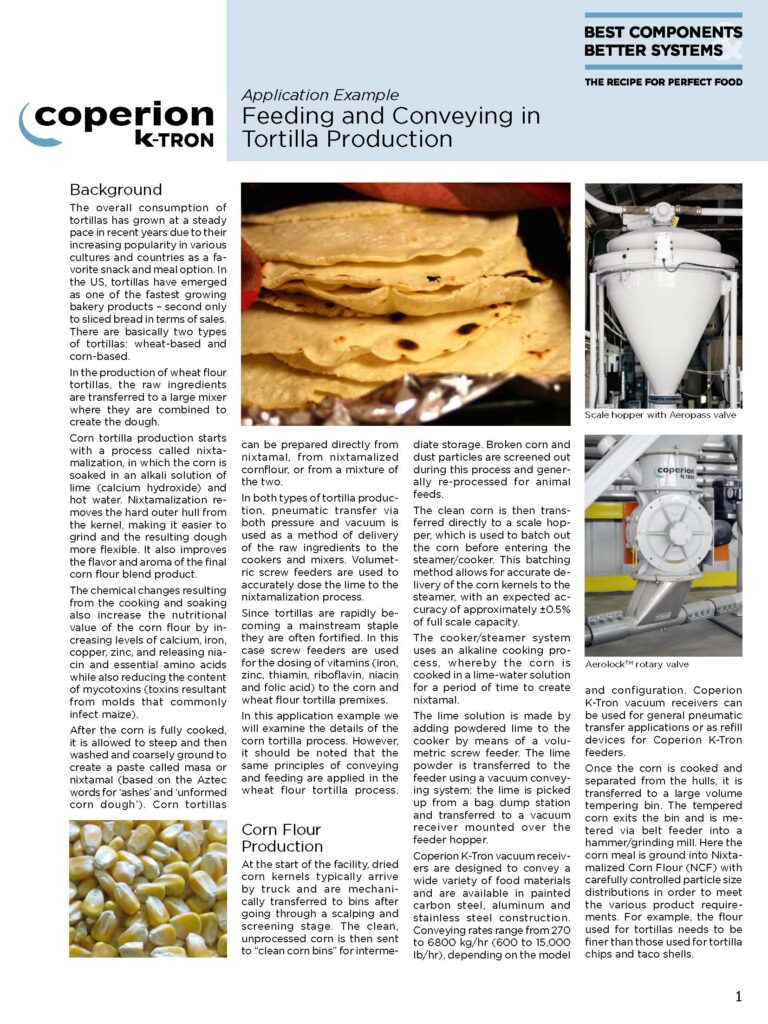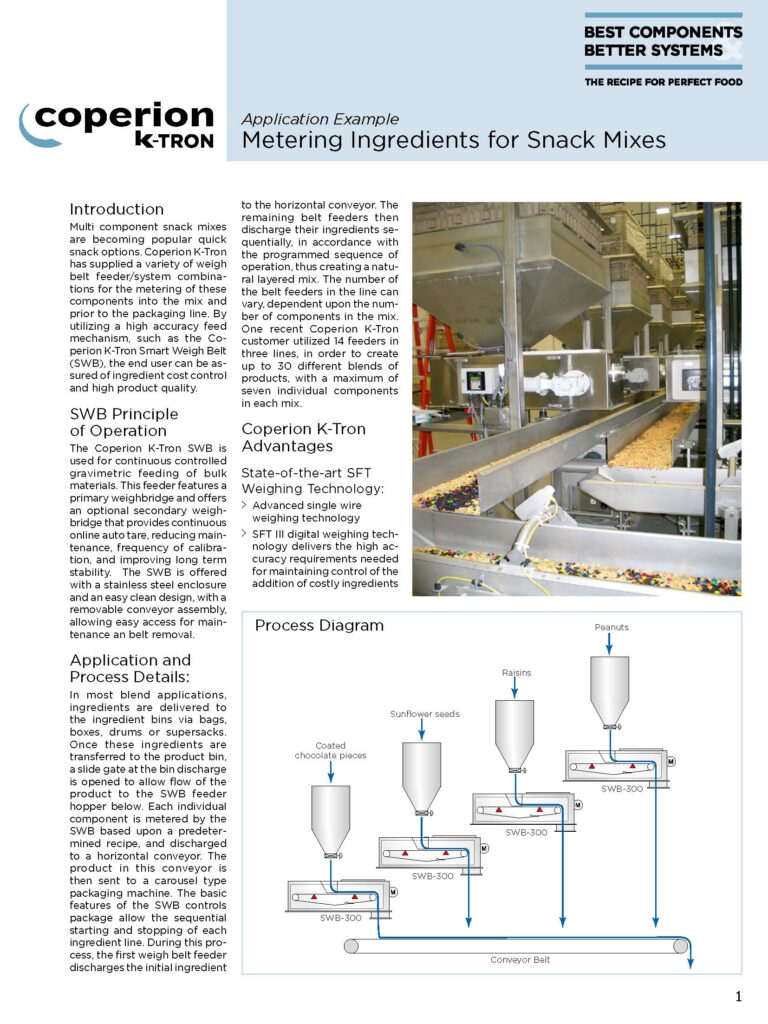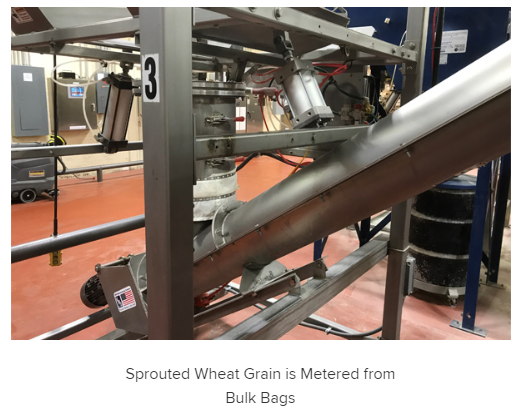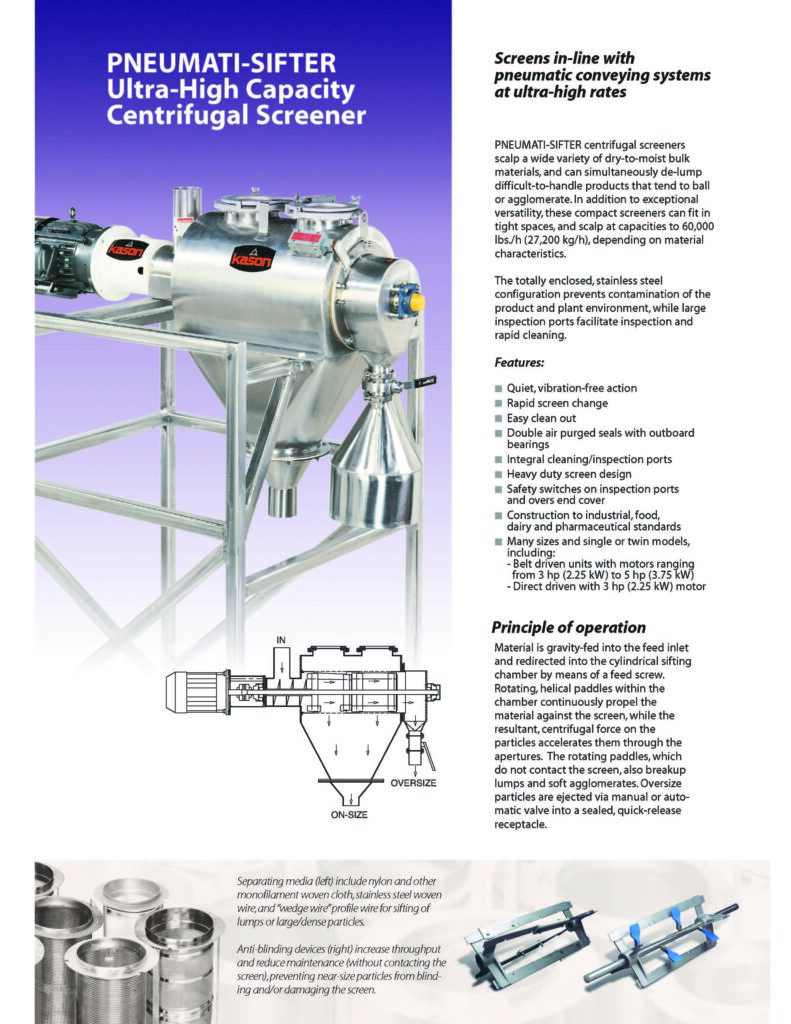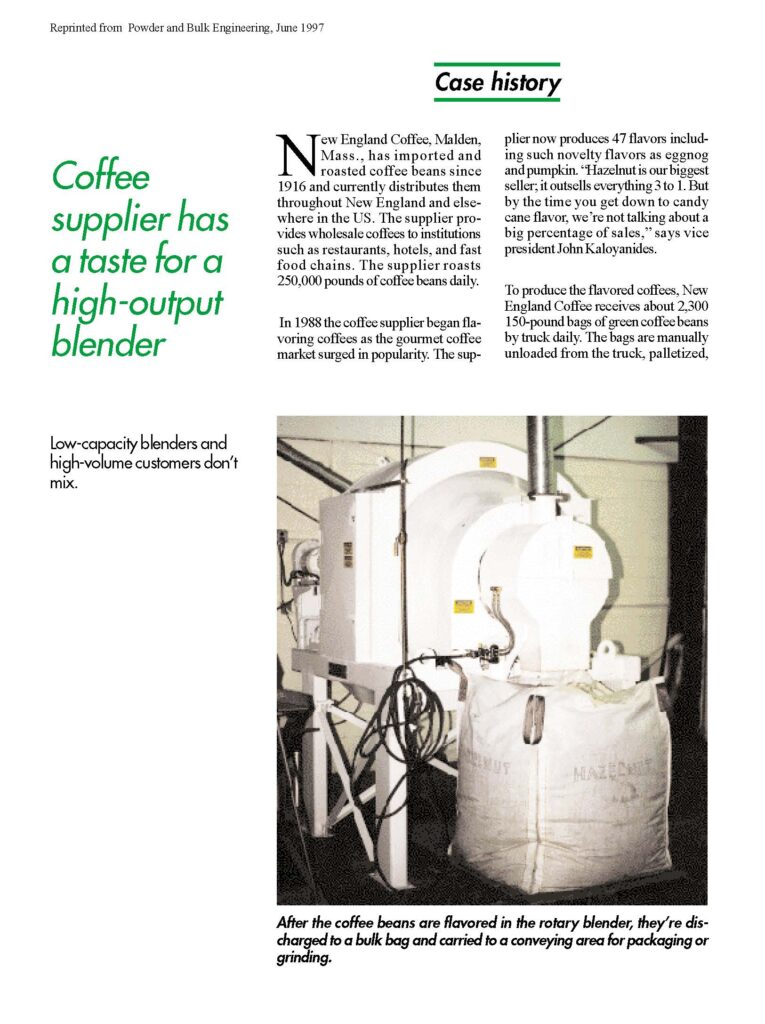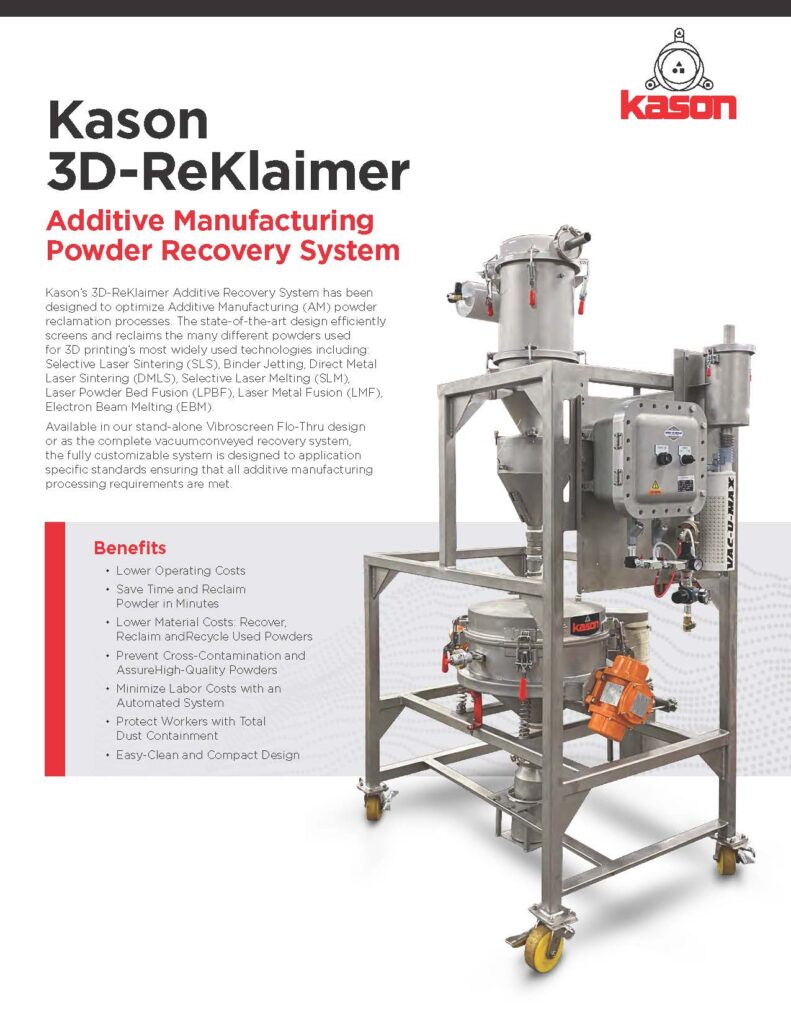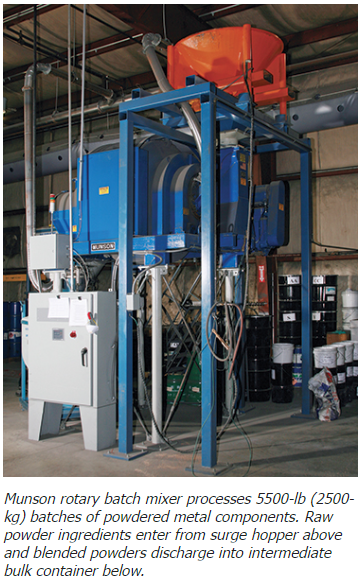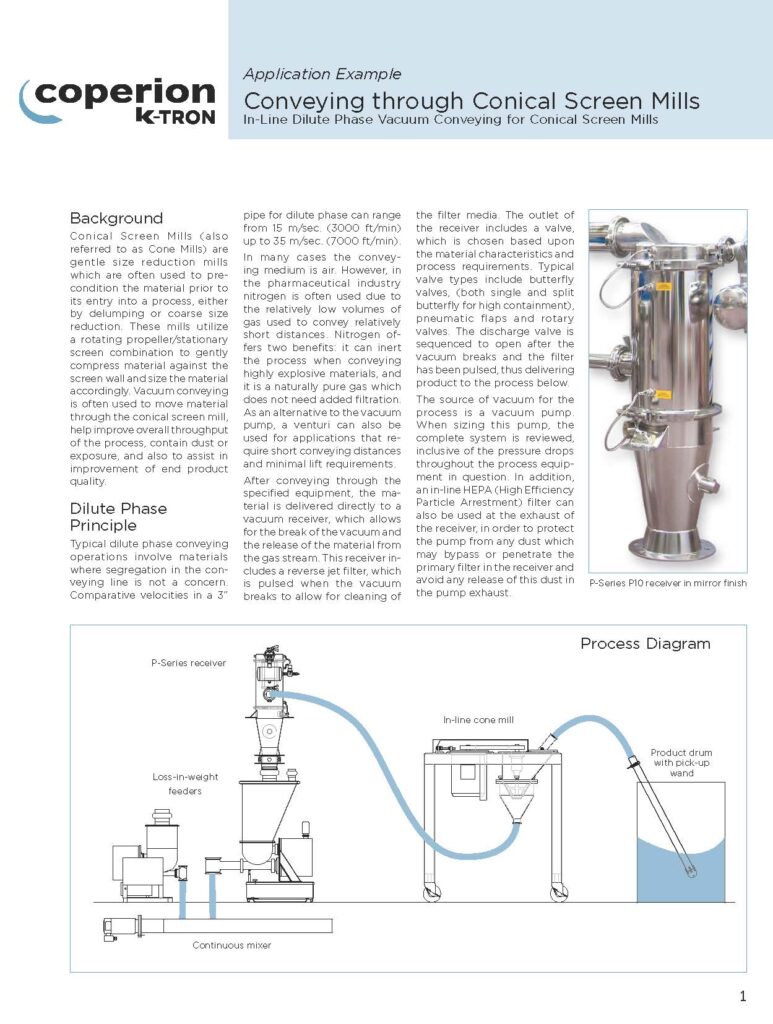Ice Cream Ingredient Feeding
In this case a customer was looking to replace existing fruit feeder technology in order to achieve a higher degree of accuracy in the feeding of high quality, costly ice cream ingredients without damage to the individual ingredients. In addition, the design must meet the strictest cleanliness standards of the dairy industry, with minimal downtime for disassembly and cleaning operations. Operation is continuous duty, up to 24 hours per day.
Inclusions are manually dumped into a large hopper from boxes, bags or small drums. The feeder discharges the inclusions directly into an ice cream mix pump line. As materials are discharged gravimetrically from the feeder, they are distributed into the ice cream mix flow and pumped continuously downstream to the packaging line.
Ice Cream Ingredient Feeding Read More »


